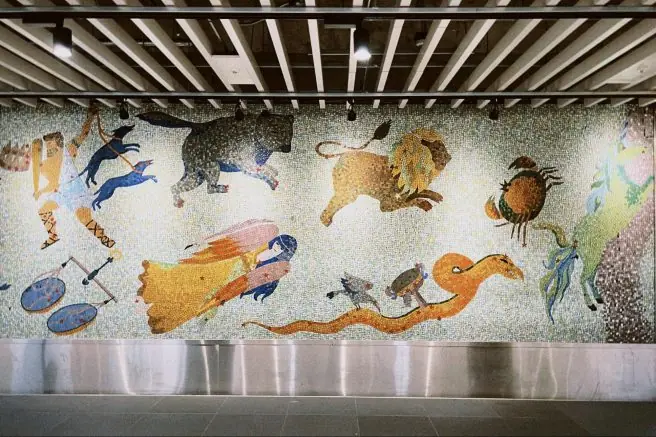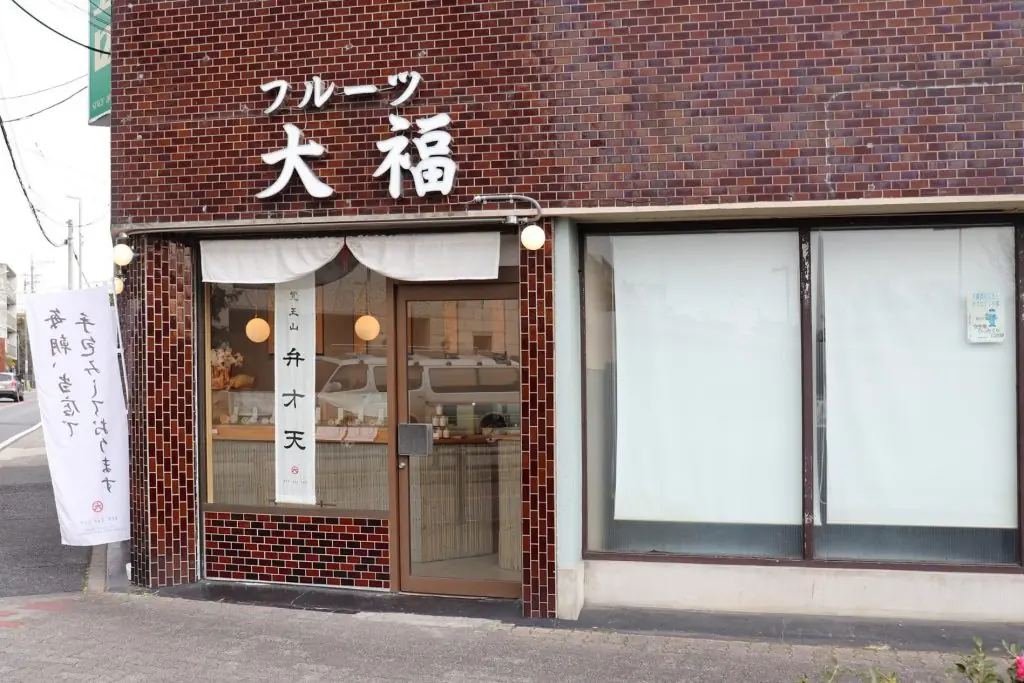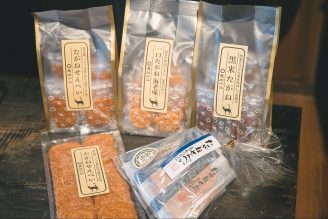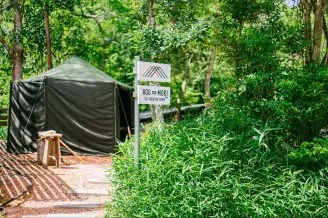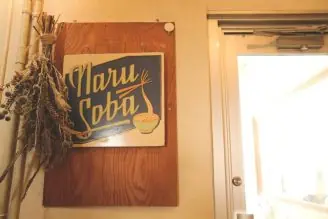目次
「覚王山日泰寺」からも目と鼻の先。地下鉄東山線「覚王山」駅から徒歩10分のところにある「揚輝荘(ようきそう)」。
もともとは約一万坪の広大な敷地に30数棟ほどもあった建物は、北園と南園に分断されたものの、現在も主要な部分が残され、平成19年に名古屋市に寄付されました。平成20年には5棟の建造物(聴松閣・揚輝荘座敷・伴華楼・三賞亭・白雲橋)が市指定有形文化財に指定され、地域の歴史的・文化的資源として市民の貴重な財産となっています。
今回は、観光客だけでなく地元の人にもぜひおすすめしたい、歴史を体感できる穴場の観光スポット「揚輝荘」の魅力をご紹介します。
揚輝荘とは
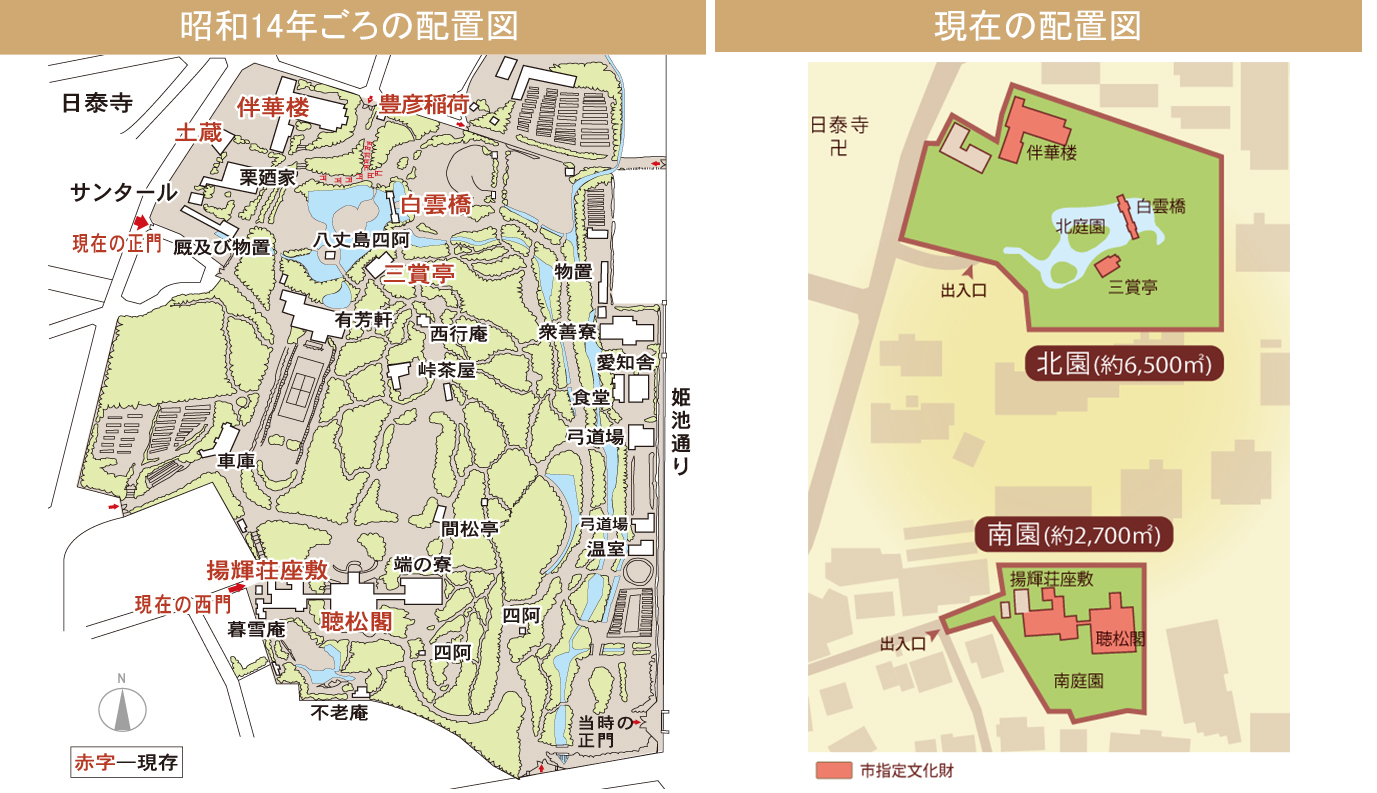
もともとは「松坂屋」の初代社長である伊藤次郎左衛門祐民(いとうじろざえもんすけたみ)の別荘でしたが、大正から昭和初期にかけて迎賓館・社交場として、また、アジアから留学生の寄宿舎として、国内外の交流の場となっていました。
戦後、進駐軍の住居としてアメリカのものだった時期もあり、当時の写真も残っているそう。その後、アメリカから伊藤家へ返還されると松坂屋の社員寮として、また2007年(平成19年)に閉校した常盤女学院の学生寮にも使われていました。
【観覧料】
南園
一般/高校・大学生 300円
市内在住の高齢者(65歳以上) 100円
中学生以下 無料
定期観覧券(1年券) 一般1200円/65歳以上400円北園
北庭園 無料
人気のガイドツアーもあります。(コロナの影響で休止中。2022年3月現在。)
詳しくはこちら▼
https://www.yokiso.jp/access/
内部も見学可能な聴松閣のある南園

見過ごしてしまいそうなほど閑静な住宅街に溶け込んでいる南園入口。南園には、建物内も見学できる「聴松閣(ちょうしょうかく)」、現在非公開となっている「揚輝荘座敷」があります。
旅の感動を再現した「聴松閣」


南門をはいるとすぐに見えてくる「聴松閣(ちょうしょうかく)」。山荘風の外観をした迎賓館で、昭和12年に建築されました。ハーフティンバーと言われる木の柱や梁(はり)・筋交(すじかい)などを露出させた赤い外壁が目を引きます。

インドなど仏跡巡拝旅行で実際に受けた感銘を「聴松閣」で再現したと言われ、地上三階(三階は非公開)の各部屋は各国様式がミックスされており、地階は全体がインド様式です。

まずは一階で「揚輝荘」の歴史を知ろう
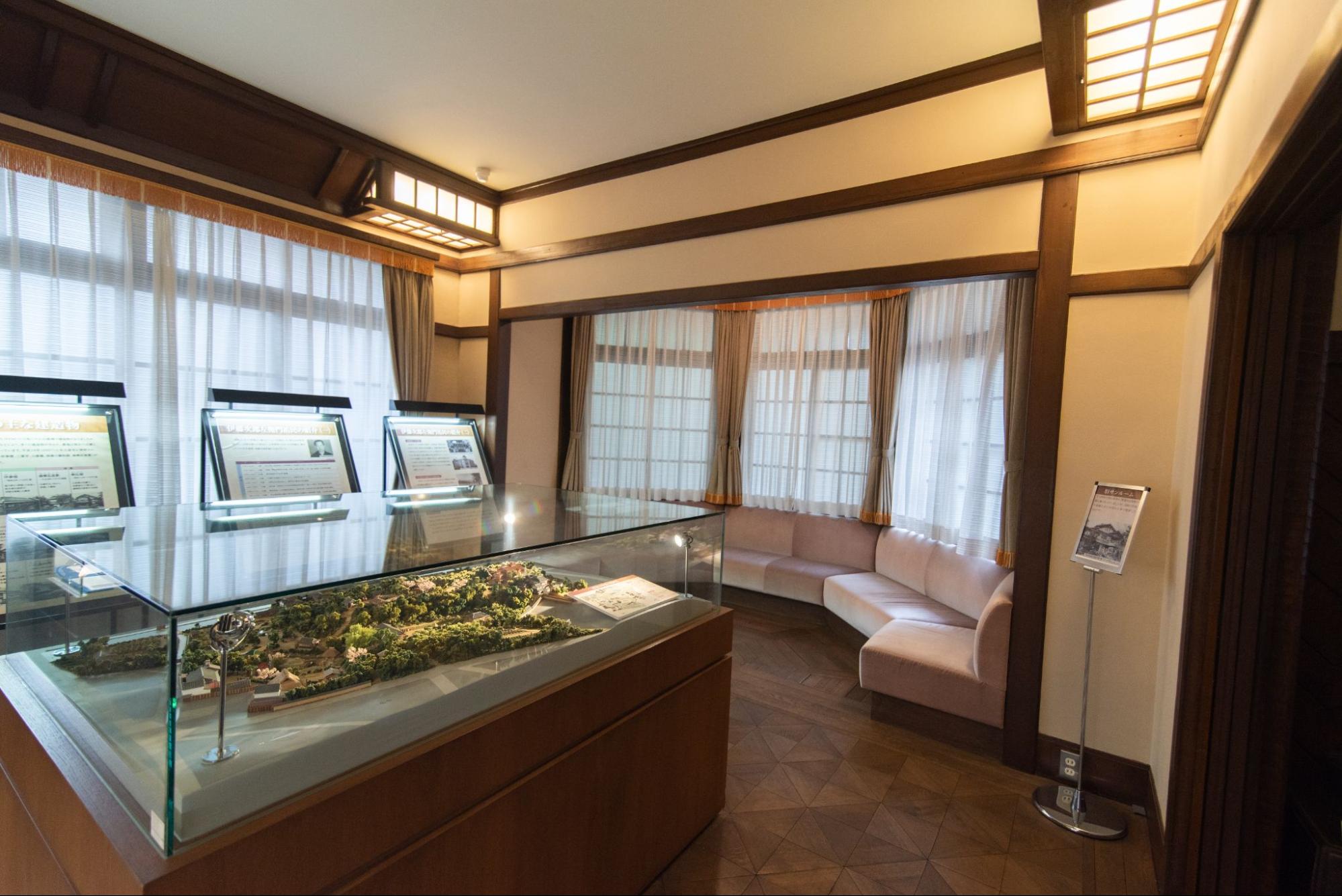
映像やパネルで「揚輝荘」「伊藤次郎左衛門」について紹介展示されている一階の展示室1、2(旧居間、旧サンルーム)。


全盛期(昭和14年頃)の揚輝荘を再現したジオラマ。当時のあまりのスケールに驚かされます。

「伊藤次郎左衛門祐民」の写真。

「休憩所べんがら」(旧食堂)では、コーヒーなどの飲み物も。庭園を眺めながらゆったりくつろげます。

「べんがら」とは、「聴松閣」の印象的な赤い壁に使用されているべんがら塗りが由来。ベンガラは土から取れる酸化鉄で、語源はインドのベンガル地方より伝来したことからそう呼ばれています。



照明にも「いとう」の文字。職人さんの手仕事が建物内いたるところで見つけられますよ。

階段も客用とは別に、使用人などが使っていた裏側を通る細い階段も残っています。現在はエレベーターもあるので、ベビーカーや車いすでも安心です。
二階の各部屋で違う床や照明、天井まで見比べてみよう

車寄せの二階部分は、展示室3(旧書斎)。造り付けの書棚、照明がある洋風の部屋です。



展示室4(旧応接室)。世界を旅した時に乗った船の船室がイメージされているそう。地域の歴史などについて展示されています。

井桁のような寄木張りの床。部屋ごとに違う照明や床や壁など、細部にまでこだわりが感じられます。

開閉できる船室風の丸い窓。

中国様式で、企画展示も行われる展示室5(旧寝室B)。

天井を見上げると中央には鳳凰の装飾も中国らしい雰囲気。

壁面には、氷が割けたような氷裂(ひょうれつ)模様が施されています。

渦巻き模様の由来である「雷紋」の板張りも中国風のイメージにぴったり。

展示室6(旧サンルーム)。取材時は、名古屋製陶作品展の催しでした。

企画展示も行われる展示室7(旧寝室A)。こんな豪華なところが社員寮や学生寮だったとはうらやましいですね。

展示室7(旧寝室A)から奥へ進むとべんがら塗りの和室。南庭園が見渡せます。

南庭園は、回遊式の枯山水石庭。五輪塔、四方佛手水鉢、大灯籠などが配置されています。南端には当初からの築地塀が残されています。

床の間にはお正月には鏡餅、3月には雛飾りなど季節に合わせたしつらいも。


専用のお手洗いも。当時から水洗式だったのも驚きです。

和室の隣りには洗面所(写真左)とお風呂場(写真右)も。
エキゾチックな地下空間は、異国情緒たっぷり

地下のホールに降りると一気にインド様式のエキゾチックな空間が広がります。壁面全体に描かれた美しい壁画は、デカン高原の西方にある石窟院に実際にモデルとなった壁画があるそう。

聴松閣の北80mにあった有芳軒と西へ90mの姫が池通りの出入り口をT字形に結んでいたといわれる神秘的な地下トンネル。今は入口付近のみ見学可能。残されていたら一番の見どころだったかもしれませんね。

壁画を模写したインド人留学生「ハリハラン」は、現地出身で幼いころから本物にも馴染みがあったこともあり、とても精巧に再現されています。


閉館後は、演奏会などのイベントでも使用可能な多目的室(旧舞踏場)。天井や壁面に施された漆喰のレリーフからインドの雰囲気が感じられます。
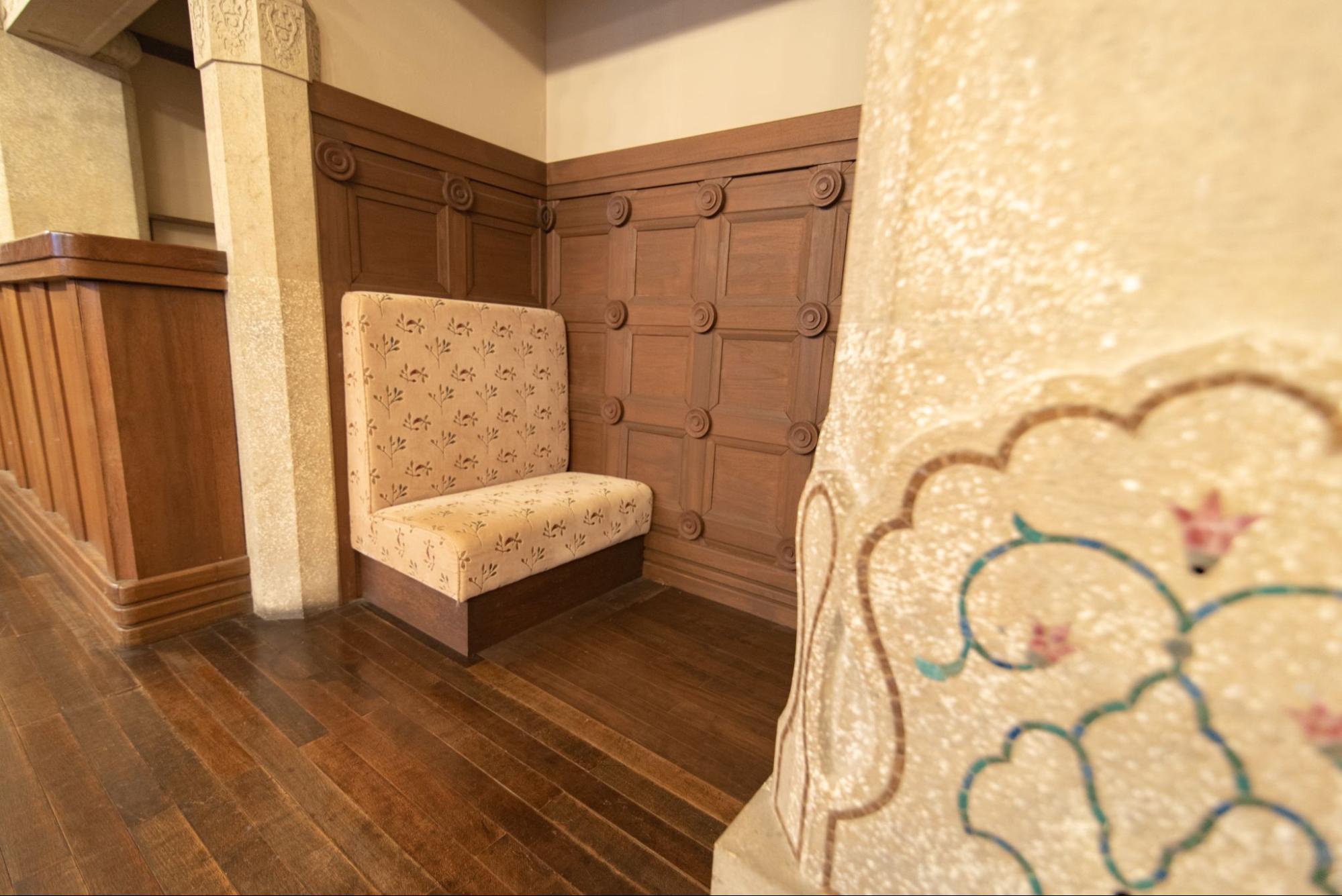

演奏会や落語、踊りなどいろいろなイベントが行われるステージ。

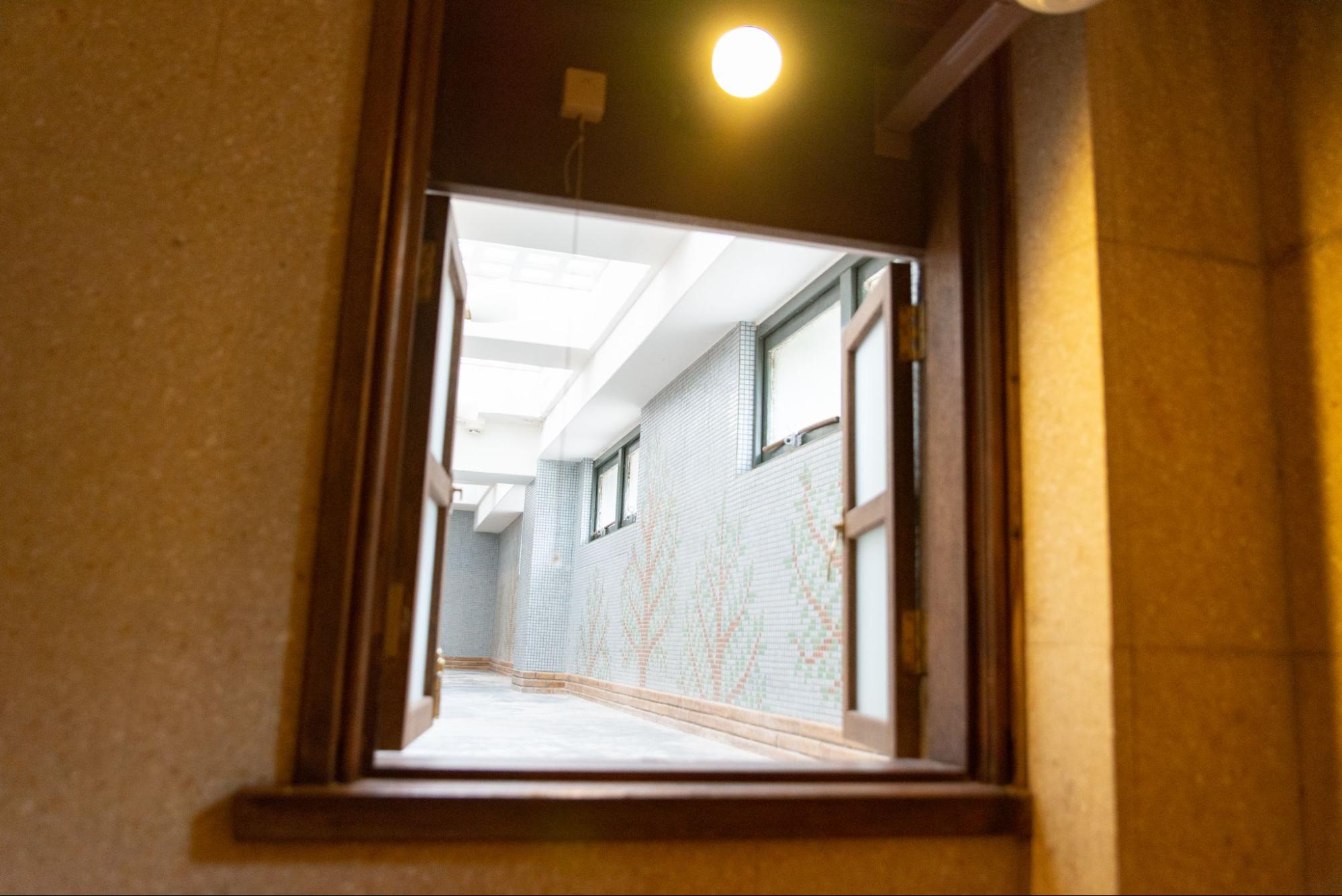
当時としてはとても珍しい地階のある「聴松閣」。周囲を掘り上げて空間がつくられているため、日の光も届き、自然の空調設備として湿気もたまらないような造りになっています。

丸窓から差し込む光で照らされる壁面のレリーフも美しい瞑想室。

ステージ反対側の壁面には、カンボジアのアンコールワット遺跡群のひとつ「アンコールトム」のレリーフと一枚の石から彫り出された格子状の連子窓。
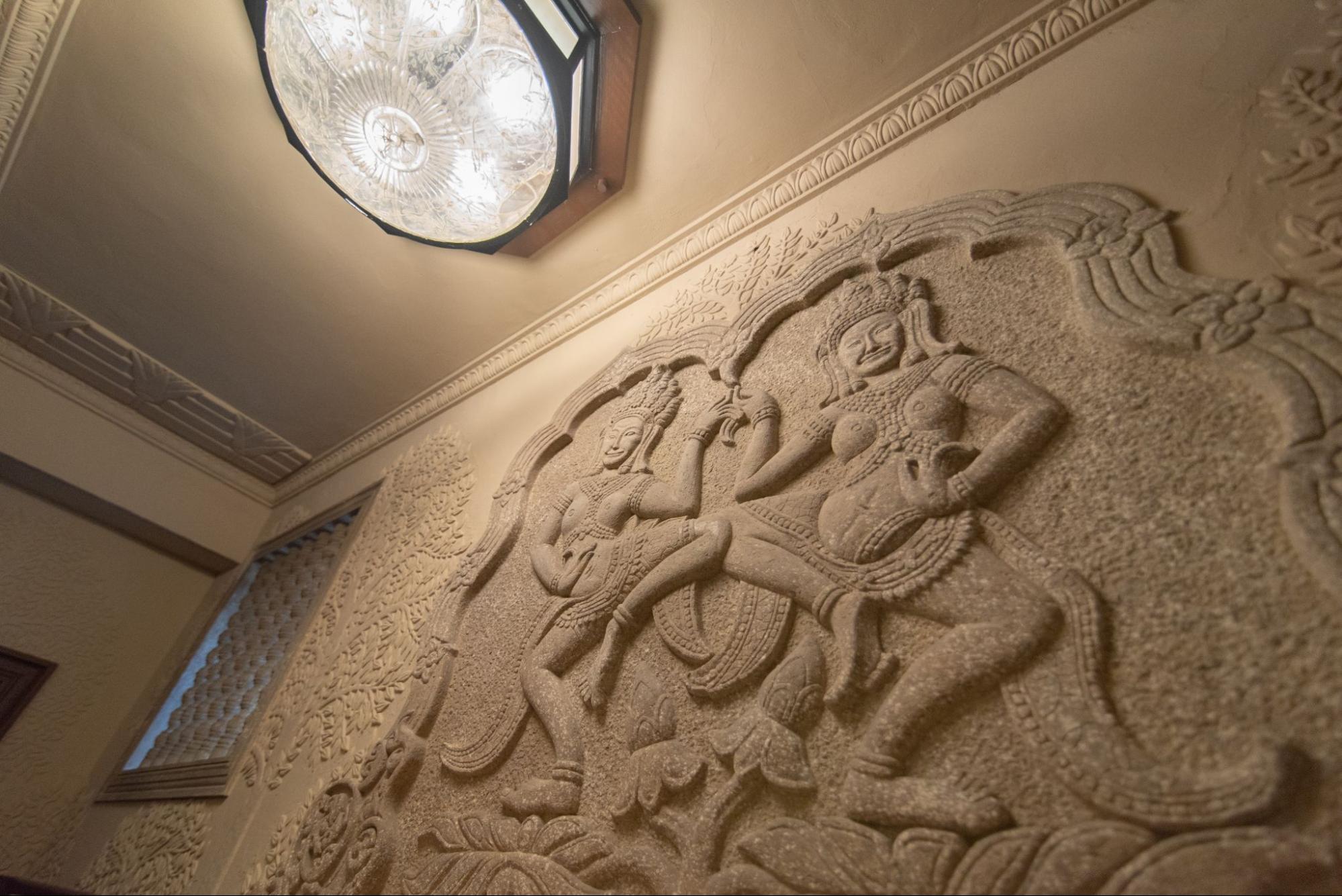
すみずみまで細かな石工職人の技術もすばらしい。

ガラス窓にはエッジングと言われる技法でヒマラヤ山脈が描かれています。ソファー生地は復元されたものだそうですが、座ってみると驚くほどふかふかでした。
聴松閣では、名古屋市主催の企画展示や講演会だけでなく一部の部屋やホールは閉館後、個人でもお手ごろな料金でレンタルできます。ワークショップや演奏会、踊り、落語、朗読会などイベントも多く開催されています。楽器の練習でも借りる人もいるそうですよ。
▼貸室案内はこちらへ
https://www.yokiso.jp/rental/index.html

聴松閣の隣にある「揚輝荘座敷」の前を通り北園へ向かいます。「伊藤銀行」(今の三菱UFJ銀行)の玄関にあった石のレリーフも。


北園と南園へは誰でも通れる通路があり、アクセスも便利。






